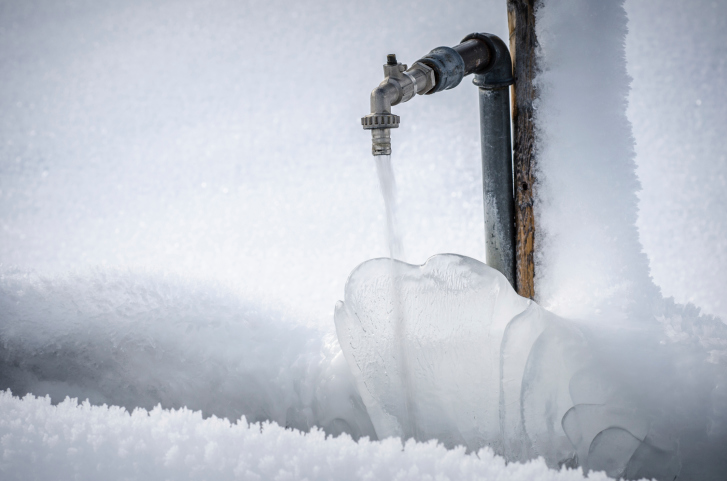Knowing and avoiding frostbite
With temperatures below zero, the risk of frostbite should start to become something to keep in the back of your head

Now’s the time to get the warmer clothing out. With temperatures below zero, the risk of frostbite should start to become something to keep in the back of your head. Frostbite can cause permanent damage and, in serious cases, can require amputation.
Frostbite happens when your body stops sending blood to certain patches of skin to keep more vital organs safe. This generally means fingers, toes, cheeks and nose.
Watch the temperature
Though it’s rare at temperatures warmer than about -10C, dangers increase quickly with high winds and as temperatures near -20C — very common in many part of the country — even moderate winds can make frostbite a very real danger to runners. Take precautions to know what the windchill is and, when the temperature and wind chill combine to feel like -20 or colder, make sure you’re dressed correctly with extremities warm and a good insulating layer and windbreaker to keep heat in. Once the wind chill factor get below -40C, frostbite can occur to exposed skin in five to 10 minutes; for your own safety you may be better off finding a treadmill.
Know what to look for
Beyond being aware of the temperatures when frostbite occurs, it’s important to know early signs and spot it before the damage becomes permanent. Frostbite can still occur in relatively mild Canadian winters if skin is left exposed for too long or winds are particularly strong.
The early stage of frostbite is sometimes called frostnip and gives warnings you need to get back somewhere warm. A good hint for running in the winter is to try and convince someone to come with you, as tough as that can be when it’s cold. Your exposed skin will turn pale as your body stops circulating blood to it and frostnip sets in. This generally means your face, which you can’t see yourself, while out running. Having a friend to let you know if you look particularly white is a good idea. Your skin may also feel tingling or prickling, similar to the “pins and needles” feeling when blood flow is restricted to limbs after sitting or leaning on them awkwardly. Frostnip doesn’t cause any permanent damage to skin, but left to turn to frostbite it can, so don’t ignore the symptoms.
Treat the damaged skin
Frostbite causes long-term and permanent nerve damage. It can be recognized by the area feeling numb and the skin can be very pale. If poked, the affected area won’t spring back to shape as normal, healthy skin would. It will feel dead. If in your fingers or toes, you will have trouble moving the joints.
If an area of skin seems it may be frostbitten, use a damp, warm (not hot) cloth to heat the skin until feeling returns. The numbness will turn to a tingling sensation that, in serious cases, can be painful. Do not apply direct heat. Feeling should return to the skin.
If the skin turns black, serious blisters develop or feeling does not return, seek medical attention.


